Gretchen Mol Dreams Of Sharon Playhouse

Actress Gretchen Mol (a star of HBO’s “Boardwalk Empire”) returns to the stage with a reading of Kate Hamill’s adaptation of “The Scarlet Letter,” at Sharon Playhouse on Saturday, April 16. Image courtesy IMDB

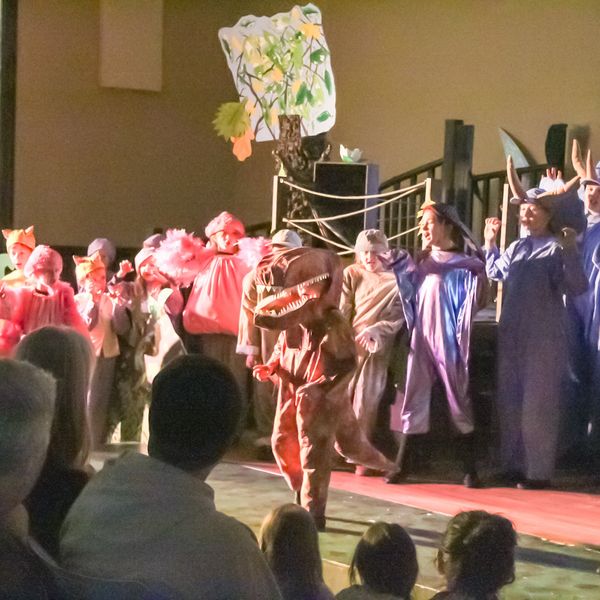

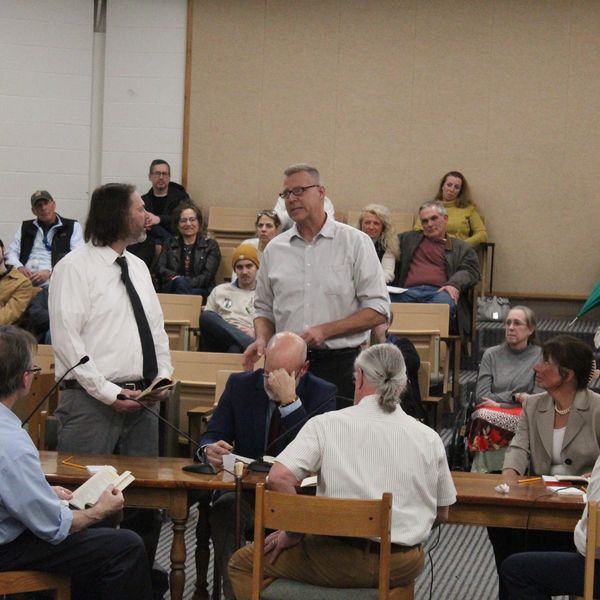
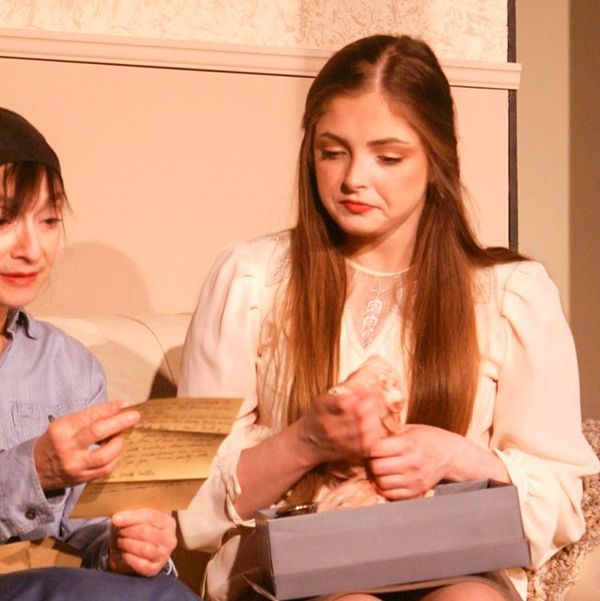
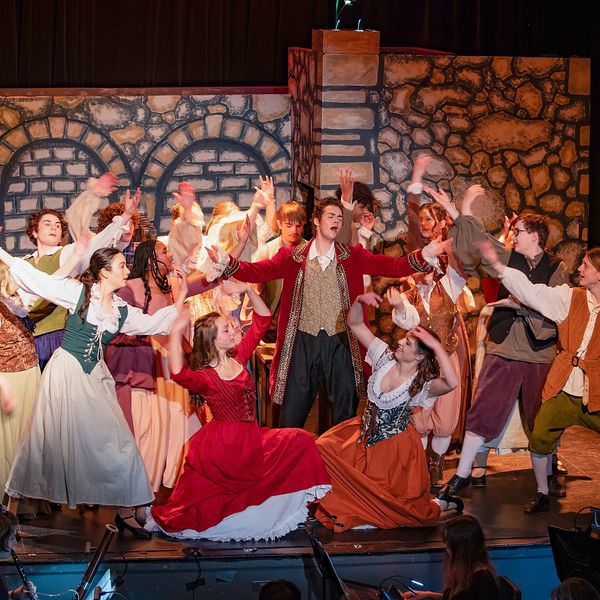
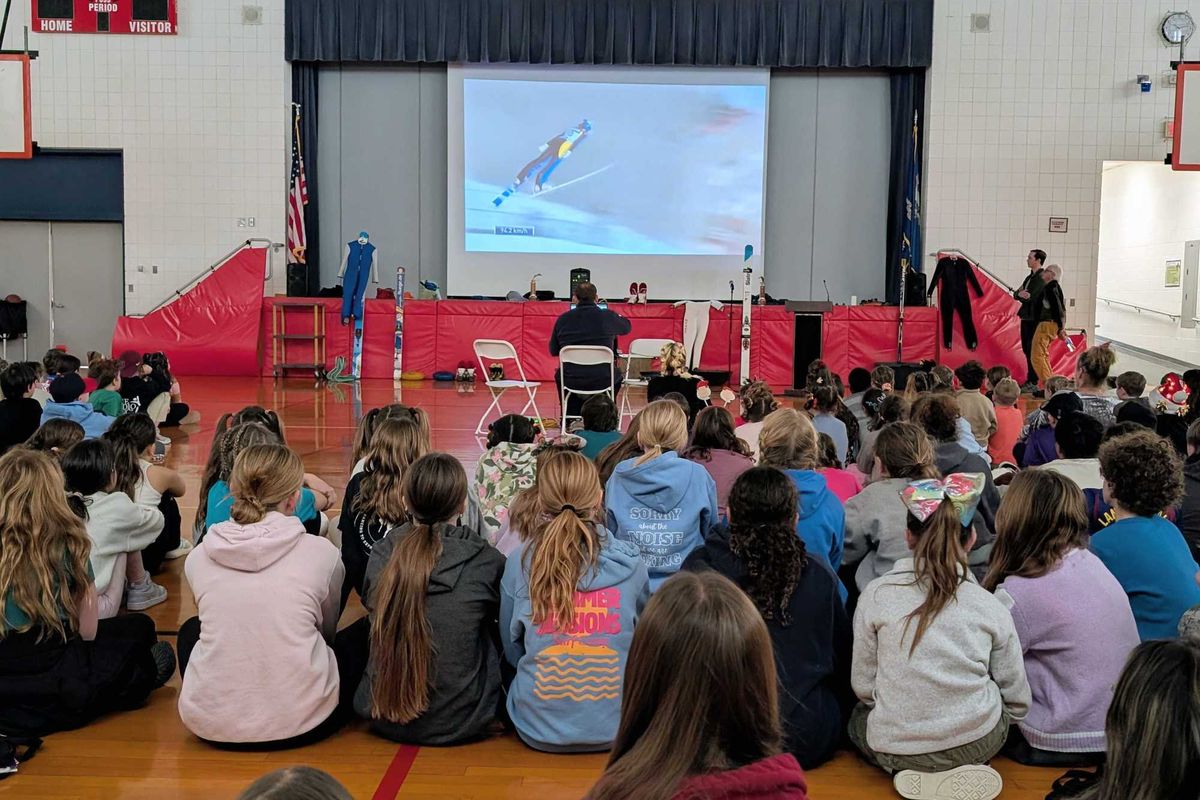
 Students at the assembly with Salisbury Winter Sports Association on Dec. 17By Riley Klein
Students at the assembly with Salisbury Winter Sports Association on Dec. 17By Riley Klein 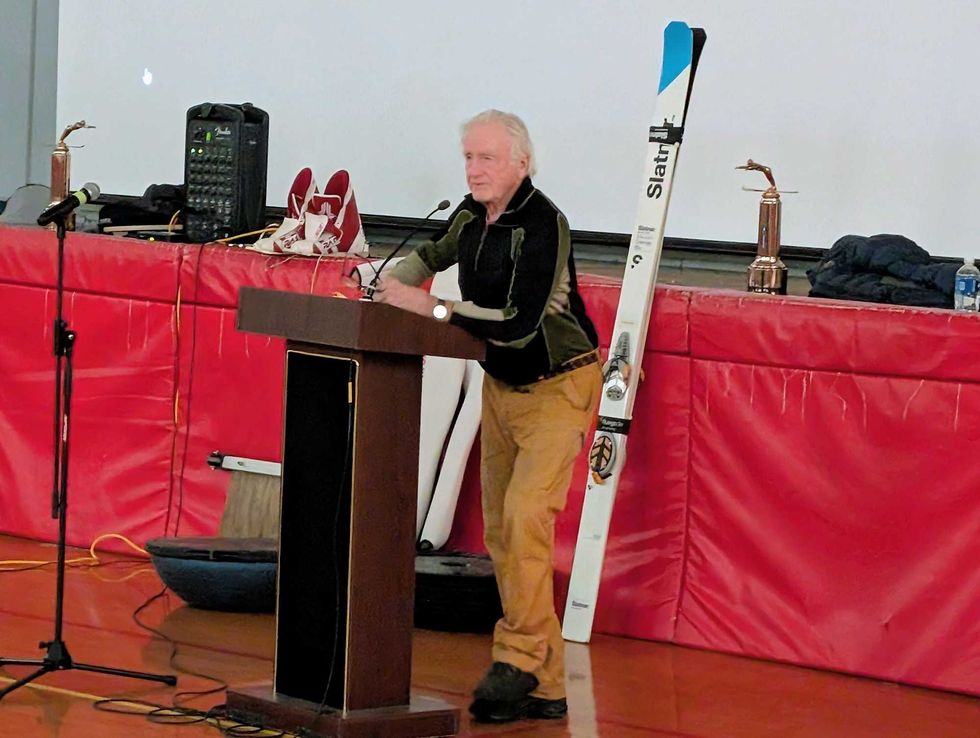 Former U.S. Olympic ski jumping coach Larry Stone, of Salisbury, led the assembly Dec. 17.By Riley Klein
Former U.S. Olympic ski jumping coach Larry Stone, of Salisbury, led the assembly Dec. 17.By Riley Klein 
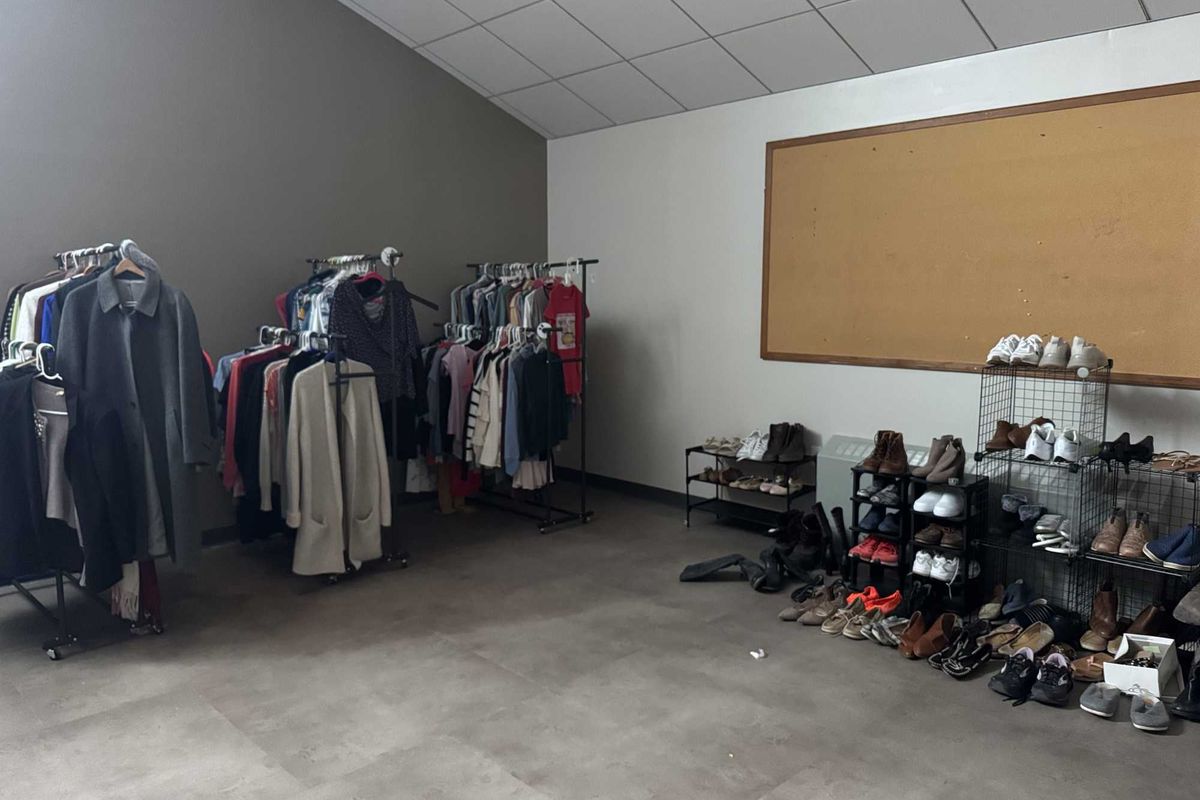

 The Housy Shack open sign, welcoming customers in for cookies.Anna Gillette
The Housy Shack open sign, welcoming customers in for cookies.Anna Gillette 




